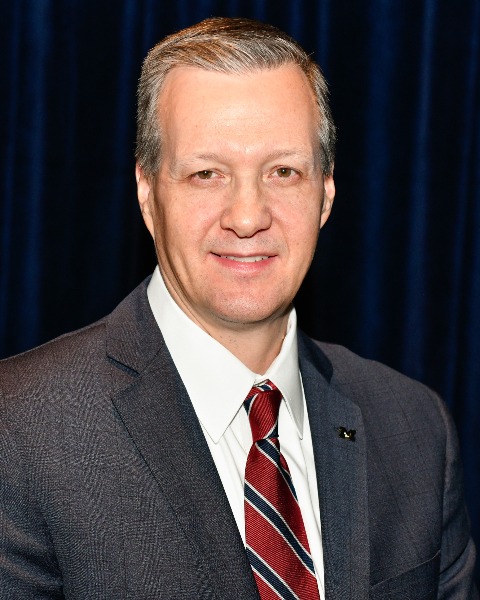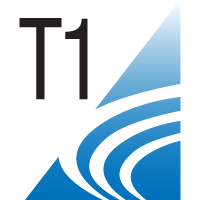Pediatrics (P)
LM216 - Semicircular Canal Dehiscence in a 10-Year Old Girl: Lessons for Collaboration
.jpeg)
Rebekah F. Cunningham, PhD (she/her/hers)
Educational Audiologist/Professor
Indiana Department of Health/A.T. Still University
A.T. Still University
Indianapolis, IndianaDisclosure(s): No financial or nonfinancial relationships to disclose.

Devin L. McCaslin, PhD
Professor and Director of Audiology
University of Michigan
University of Michigan
Ann Arbor, MichiganDisclosure(s): No financial or nonfinancial relationships to disclose.
- DC
Daniel Choo
professor and director, otolaryngology
cincinnati children's hospital medical center
cincinnati children's and university of cincinnati, OhioDisclosure(s): No financial or nonfinancial relationships to disclose.
Lead Presenter(s)
Presenter(s)
Contributor(s)
Superior semicircular canal dehiscence is a bony abnormality in the otic capsule which produces a 3rd window effect. Significant research exists regarding pathology and manifestations in adults; SSCD is rare in the pediatric population with limited research. Incidence of SSCD in children is 2-6% with varying degrees of audiologic and vestibular symptomatology.
We will present audiologic, genetic, radiologic, vestibular and surgical results of a 10 year old girl with previously unidentified SSCD. Interprofessional collaboration and how to best assist these children in and out of the classroom with their hearing, technology and symptoms of the dehiscence will be emphasized.
Summary:
Superior semicircular canal dehiscence (SSCD) is a bony abnormality in the otic capsule typically involving the superior semicircular canal (SSC). There is significant research available in the literature regarding pathology and clinical manifestations for the adult population. Radiographic prevalence indicates that dehiscence of the superior canal occurs in approximately 1-3 % of the general population. (Pittman 2023) The entity is rare in the pediatric population and there is limited research available.
The incidence of semicircular canal dehiscence in the pediatric population has been shown to be between 2-6% (Dasgupta and Ratnayake, 2019, Sugihara et al 2016) with varying degrees of audiologic and vestibular symptomatology. Dehiscence of both the superior and posterior canals in children has been reported, however, SSCD is statistically more common in both the adult and pediatric populations (Meiklejohn et al 2015). In children, the right SSC has been most commonly affected (Dasgupta and Ratnayake, 2019). In most studies of children with confirmed or suspected SSCD, results have indicated that it is not uncommon (approximately 20%) in children less than the age of 2 to have a canal dehiscence (Meiklejohn et al, 2015, Sugihara et al, 2016). This supports the theory of a congenital precedent to SSCD with overlying bone maturing/thickening during early childhood. Clinical symptomatology for children was only similar to that of an adult in approximately 3% of cases reviewed (Dsgupta and Ratnayake, 2019). Children with SSCD may present differently from the classical SSCD found in adults.
This learning hour will present the hearing, vestibular and amplification history, both in and out of the classroom, of a 10 year old girl who has been identified with SSCD. The identification of this was credited to her school audiologist based upon the child's hearing and balance anecdotal reports. Extensive audiologic, radiologic, genetic and vestibular testing occurred, but with conflicting results.
We will highlight the significant need for interprofessional collaboration as well as how children with SSCD often may present differently than adults. Following her SSCD surgery to repair, post-operative updates regarding audiological and vestibular function will be provided. This learning module with present ideas on what to look for in children who may have SSCD, confounding hearing and balance variables, and how to best assist these children and their families in and out of the classroom with their hearing, technology and symptoms of the dehiscence pre and post operatively
Learning Objectives:
- Upon completion, participants will be able to demonstrate knowledge regarding the incidence of superior semicircular canal dehiscence in children
- Upon completion, participants will be able to describe subtle symptoms of SSCD in children and how they vary from those seen in adults
- Upon completion, participants will be able to apply the need for inter professional collaboration in their clinical or school based patient population

